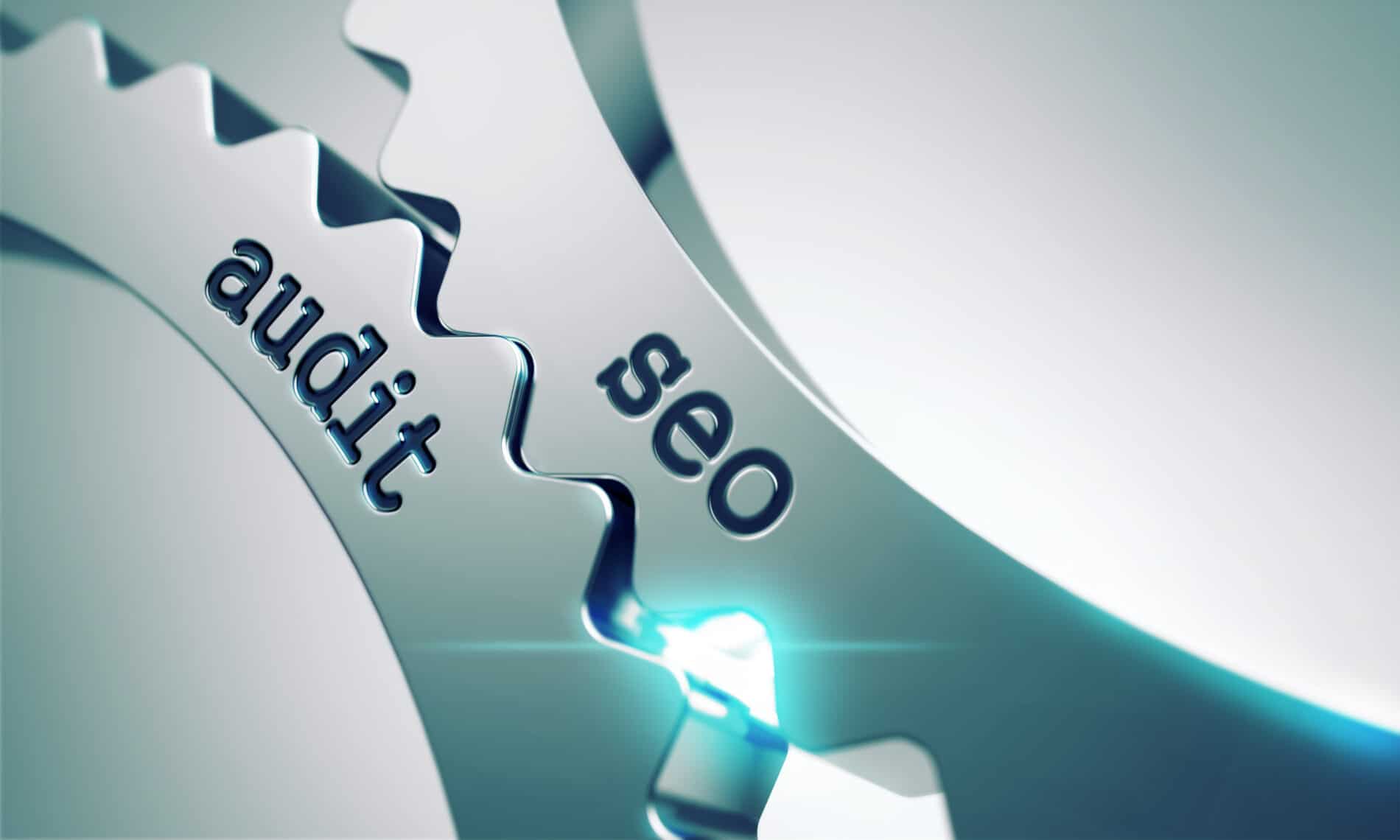
 If you’re looking for ways to improve the visibility of your website, on-page SEO is a good place to start. Keywords are essential, but not as important as internal linking. The title and meta description should be descriptive of your main subject without keyword spamming. Use an On-Page SEO checker to see how well you’re doing compared to your top 10 rivals. You’ll find out if you’re missing keywords or if you’re using the wrong ones.
If you’re looking for ways to improve the visibility of your website, on-page SEO is a good place to start. Keywords are essential, but not as important as internal linking. The title and meta description should be descriptive of your main subject without keyword spamming. Use an On-Page SEO checker to see how well you’re doing compared to your top 10 rivals. You’ll find out if you’re missing keywords or if you’re using the wrong ones.
Table of Contents
Internal linking
If you’re looking for some tips on internal linking, check out Kevin Indig’s guide. This SEO expert explains how to strategically use internal links within your website’s copy. In addition to improving your SEO, internal linking is a good way to keep visitors on your site longer, thereby increasing your traffic. To improve your internal linking strategy, consider making all of your links informative. This way, they’ll be more likely to stick around and read more of your content.
Internal linking can influence the link authority of important pages on your website. The more internal links you have, the lower your bounce rate will be. For example, you could link to a product page from another page. Just make sure not to spam your links; they should be made with logic interlinking, appropriate context, and relevant anchors. By creating internal links, you’ll increase your website’s authority, improve user experience, and lower bounce rates.
Use a broken link checker to monitor broken links. You can use a data table to view all links, check for errors, and identify non-indexable pages. You can also segment pages that have no internal links. If you’re not using internal links, you should consider adding more links on those pages. Internal links are a great way to increase your website’s visibility with search bots and boost SERP traffic.
Page titles
Performing on-page SEO on your website is an important component of SEO. Including structured markup is crucial to ensure your website is found in search engines. Using headers, or body tags will help to organize content for readers and allow search engines to recognize what’s important. Here are some helpful tips:
Include your targeted keyword at the beginning of the title tag. Keep it to fewer than 55 characters or Google will cut it off. Don’t forget to include a meta description. Although meta descriptions don’t contribute to rankings, they do improve the user experience and click-through rates. Google rewrites meta descriptions 70% of the time. Don’t forget to add a URL to your page that contains relevant keywords.
Make sure to include keywords in the title and meta description. Google will use these elements as headings in search results. Include your keyword in the title, URL, and meta description. The title tag should be no more than 55 characters. If you’re writing for a mobile version of your website, include descriptive text in the title element. Avoid using the same title on all pages of your website. Lastly, include a link to your website in the footer and header of your page.
Meta description
While writing the meta description is a relatively easy task, it is crucial to keep in mind certain factors that affect its effectiveness. If you’re trying to increase click-throughs, the meta description is a key factor to consider. While you should avoid keyword stuffing, the right length is important. Character limit is another consideration, but it is not a strict rule. A general rule is to keep the meta description on each page at least 140 characters long. This will ensure it appears in all search results.
Using social proof is a great way to increase conversions and grow your brand. Using structured data in your meta description is also important for snagging a Google snippet. Finally, meta descriptions are crucial for ranking in search engines. The more unique your meta description, the more likely it will be read by search engines. Make sure to use unique meta descriptions in your SEO campaigns. By doing so, you’ll increase the odds of getting a higher rank.
When writing a meta description, keep in mind that Google will edit it. Using a unique meta description is a good practice when using one or two keywords in your content. Aim to make it as descriptive as possible. Include your main keyword and the keyword phrase that best represents your content. Using bold keywords will also draw the user’s attention to your results. If your meta description doesn’t capture the attention of users, they may not click on your link.
Keyword difficulty
In the search engine optimization field, there are several different metrics to evaluate your keyword success. One of these metrics is keyword difficulty, which is measured on a scale of 0 to 100. Most keyword research tools include a difficulty metric, which rates keywords from 0 to 100. Investing in the E-A-T metric is more important than just making your pages longer. This is because the difficulty of ranking for a given keyword will depend on the authority of your website, the number of backlinks it receives, and the resources it takes to cater to the search intent of your visitors.
Responsive design
Your website should be optimized for mobile devices. Google penalizes websites with high bounce rates, and responsive design can help. A well-optimized website will also have a higher ranking on search engines. It is very important to consider the speed of your website as well. If your site takes a long time to load, this can cause a big impact on your SEO. It is also important to remember that a mobile site will have different content than a desktop website.
While mobile users will appreciate a mobile-friendly website, desktop users will quickly become frustrated if they are accidentally directed to a non-mobile version of your site. Mobile-friendly sites will reduce loading time and allow users to view the same content without pinching or zooming. Furthermore, a responsive design makes it easier for users to share content and avoid having to navigate around multiple pages. Google will see responsive designs as more mobile-friendly sites and will assign them indexing properties that will benefit your site.
One major advantage of responsive design is that it saves your business money, as it eliminates the need for separate website versions for mobile and desktop devices. Moreover, it is easier to manage, which will save you time and money. Besides, responsive web design also helps you share your content with your audience on social media. If your website is responsive, it will rank well in search engines. With so much mobile traffic, you can’t afford to neglect it.
URL structure
When optimizing for on-page SEO, your URL structure should reflect the outline of your website. Use subfolders to organize content and subdomains for products and services. Avoid enlarging URLs, and use only the necessary characters. When using subdomains, keep in mind that it is important to avoid duplicate content. Also, avoid putting too many subfolders on a single domain.
When optimizing your URL structure, be sure to prioritize the user’s experience. Your URL structure should be organized and consistent, with no surprises. Although search engines tend to appreciate simplicity, avoid being too inventive. If you have a large site, this will be a simple task, especially if the folders contain table content or other items. In such a case, it’s best to keep the URL structure consistent throughout the website.
Another important aspect of URL structure is the length of URLs. The ideal length is 35 to 45 characters, but anything over that number can be considered too long. If your URLs are longer than that, you’re losing potential traffic. Also, avoid abbreviations or ambiguous keywords. Google rewards websites that have a good URL structure. In the meantime, URLs with shorter URLs stand a better chance of ranking high on Google.
A good URL structure is beneficial for both your website and your visitors. It helps the search engine crawler make relevant connections between pages. For example, if your page has several related categories, the crawler can see that the specific page belongs in the same category as all the other women’s clothes and dresses. The crawler will also understand the content of your website easier. Its use will increase the chances of gaining high rankings in the future.



CONNECT WITH US!!